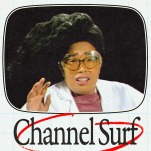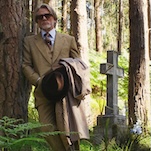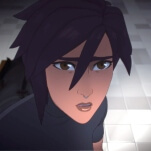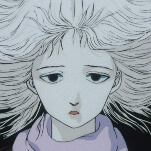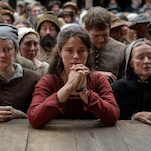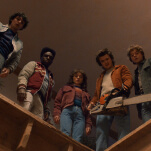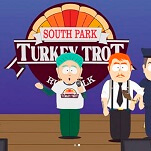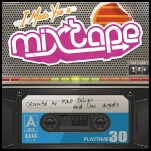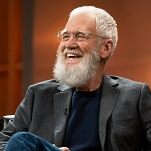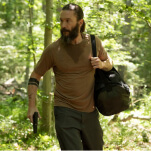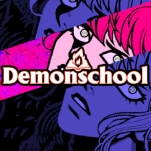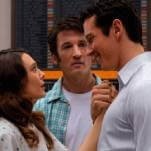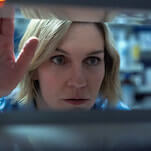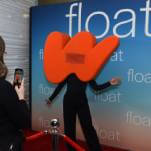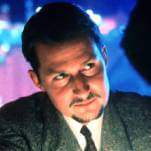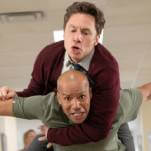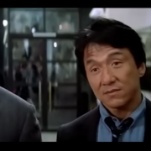A film of no great subtlety, Tombstone features multiple scenes set against storms with dagger-sharp bolts of lightning and seat-rattling rolls of thunder. As Earp, star Kurt Russell never speaks when he can declaim, perhaps overcompensating for having to project through the bushiest mustache this side of a Lee Horsley biopic. Elsewhere, the cast seems to be giving whatever sort of performance they like, whether it’s the scenery-chomping work of Michael Biehn and Powers Boothe as the bad guys, or Dana Delany’s vixen-of-the-sagebrush work as Earp’s extramarital love interest. On the accompanying 1993 making-of documentary, Cosmatos boasts of the film’s 85 speaking parts, and he isn’t exaggerating. But the finished product—in which some characters simply disappear without explanation, and the plot proceeds in weird lurches—carries the scars of a far more ambitious screenplay that’s been trimmed to its essentials.
Yet Tombstone remains a shamelessly entertaining movie, filled with lively turns from virtually every appropriate actor not working on the Costner version (Sam Elliott, a young Billy Bob Thornton, an even younger Thomas Haden Church, Billy Zane, and Jason Priestley, the latter playing a not-so-closeted gay cowboy). As a fey, tubercular Doc Holliday, Val Kilmer is especially impressive, giving a just-shy-of-over-the-top performance that might have prompted Johnny Depp to take notes.
Style helps, too. But whose style? In 2006, Kurt Russell gave an interview to True West magazine asserting that he was the film’s true director, and claiming he vowed to keep his role a secret until Cosmatos’ death. Whoever’s responsible, the deep-focus widescreen compositions show the influence of frequent Russell collaborator John Carpenter, which helps balance some of the standard-for-the-era blockbuster editing and some of the more gratuitous touches, weather-related and otherwise. Russell describes the film everyone set out to make as a “Western Godfather.” No dice on that, but the resulting compromise remains an enduringly pleasant diversion.
Key features: Only the aforementioned old making-of material, and nothing from the extended cut that appeared on DVD a few years ago.


